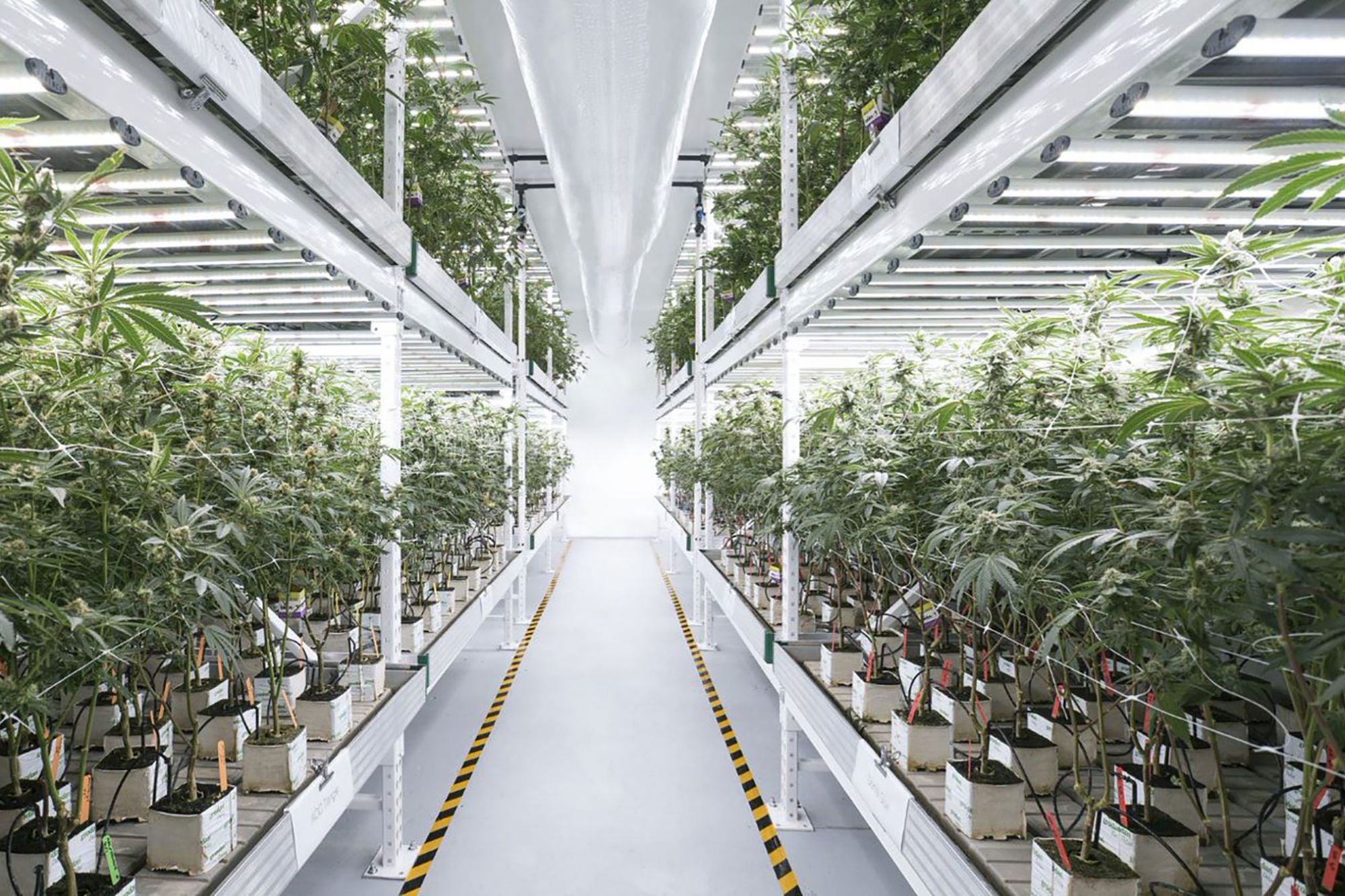A quick look around and all your plants look great…every one appears healthy and green, with no apparent signs of a problem like yellowing leaves or brown spots. You exhale, thinking you’re on the right track and all your hard work will pay off shortly when you’re rewarded with a bountiful harvest. But then harvest rolls around, and the yields are much less than you expected. You’re standing there left scratching your head.
Does this sound familiar? First off, let me say you’re not alone; it often happens to growers with all experience levels. Second, chances are the disappointing yield resulted from a sneaky phenomenon known as hidden hunger.
What do your plants need to grow?
Before we talk about the ins and outs of hidden hunger, let’s take a minute to talk about what your plants need to grow. We’re taught in high school biology class they need water and sunlight. Most of us are familiar with fertilizers, too, but we may be a little fuzzy on exactly why fertilizers are needed.
Just like us humans, plants have a “diet” of sorts containing specific nutrients (the science types call them plant essential nutrients). These nutrients all have distinct roles in the plant and are required for plant growth. Sometimes these essential nutrients have similar functions, sometimes the functions are particular to one nutrient, and sometimes the nutrients work together in harmony. Regardless of the nutrient or its role within the plant, if it’s lacking, the plant is affected somehow.
There are 17 different nutrients deemed essential for plant growth; they are classified as macronutrients or micronutrients, depending upon the concentration needed in the plant.
- Macronutrients are needed in greater concentrations.
- Primary macros include carbon (C), hydrogen (H), oxygen (O), nitrogen (N), phosphorus (P), and potassium (K).
- Secondary macros are calcium (Ca), magnesium (Mg), and sulfur (S).
- Micronutrients are as critical as the macros but are needed in lesser concentrations.
- Micros include boron (B), chlorine (Cl), copper (Cu), iron (Fe), manganese (Mn), molybdenum (Mb), nickel (Ni), and zinc (Zn).
What exactly is hidden hunger?
Now that we’ve talked about essential nutrients let’s dive into hidden hunger. Simply put, hidden hunger is when a plant is experiencing a nutrient deficiency, but the naked eye does not see physical symptoms. The drawback, though, is the plant is already responding internally in the form of future yield reductions.
Simple terms please…what is hidden hunger and what is it doing to my plants?
Your plants are getting adequate nutrition for growth. They have pulled from the soil (or nutrient solution if you’re growing hydroponically) at least the minimum amount of nutrients they need to prevent outward deficiency symptoms. They aren’t getting optimal nutrients, though. This bare minimum means they are barely surviving. There is no extra to put towards future growth like flowering and fruiting, so yields will be impacted.
Along with not saving for their future, your plants are “hangry.” As we all know, this means they won’t respond well to pest or disease attacks, which can further reduce yields.
The dilemma with hidden hunger is that it goes unnoticed until it’s too late to fix. Once visible deficiency symptoms are seen, the problem can’t be rectified completely. However, it can be prevented.
How can you avoid hidden hunger?
It is relatively straightforward to keep your plants from succumbing to hidden hunger. The main goal is providing optimal levels of available nutrients for your plants and ensuring the plants are absorbing them into their roots.
There are three strategies for avoiding hidden hunger. While each is important on its own, they are all interrelated as well.
- Routinely check the pH of the soil or nutrient solution. If the pH is too far outside the optimal range (typically close to neutral or slightly acidic), nutrient availability is impacted. Nutrients are often tied up and unavailable for uptake. They’re in the root zone, but the plants can’t take them into the roots.
- Keep nutrients levels adequate. Supplement your plants using your preferred nutrient product (e.g., a slow-release synthetic fertilizer, liquid seaweed, etc.) per the product directions. Ensure they are getting both macro and micronutrients.
- Maintain good soil moisture. Nutrients in the soil have to be dissolved into water to be transported into the roots. If there isn’t enough moisture, the nutrients can’t be absorbed.
Last but not least, it is also important to make sure your plants get enough lighting as well. Check out some excellent LED grow lights on our store: https://ledgrowlight.co/shop

